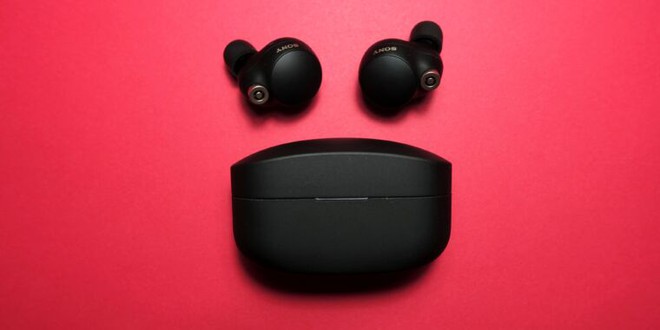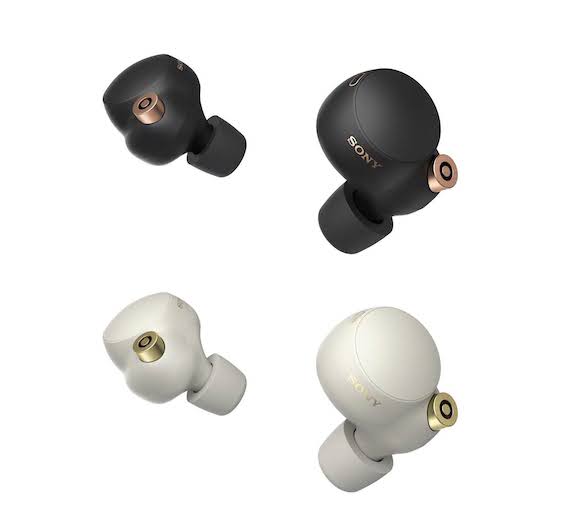Sony launches high-end headphones WF-1000XM4: Noise-cancelling, LDAC, 8-hour battery and IPX4 waterproof, priced at $279.99
- Tram Ho
After a few weeks of leaks, today Sony has officially launched its latest high-end true wireless headset. The new WF-1000XM4 is priced at $279.99, and its predecessor, the WF-1000XM3 will still be sold for $229.99. The new WF-1000XM4 will be available in two colors, black and light gray.

The WF-1000XM4 features a completely revamped design that is 10% smaller in size than its predecessor. According to Sony, the WF-1000XM4 is equipped with a new chip that improves noise cancellation “at all frequencies”.

The battery life of the WF-1000XM4 is extremely impressive, with 8 hours of continuous use with active noise cancellation, beating all competitors such as Apple AirPods Pro, Bose QuietComfort Earbuds and Samsung Galaxy Buds Pro.

The charging case of the WF-1000XM4 is significantly shrunk, 40% smaller than the previous generation. In addition to plugging in with a USB-C port, it also supports Qi wireless charging.

The WF-1000XM4 uses the LDAC codec to stream high-quality music, up to 32-bit/96kHz, via Bluetooth at up to 990kbps. According to Sony, LDAC allows about 3 times more data transfer via Bluetooth.

Sony has also fixed a shortcoming of the WF-1000XM3, where the WF-1000XM4 is IPX4 rated for water and sweat resistance. The WF-1000XM4 also has improved conversational capabilities, when using both the microphone and the pulse conduction sensor.
Reference: theverge
Source : Genk
